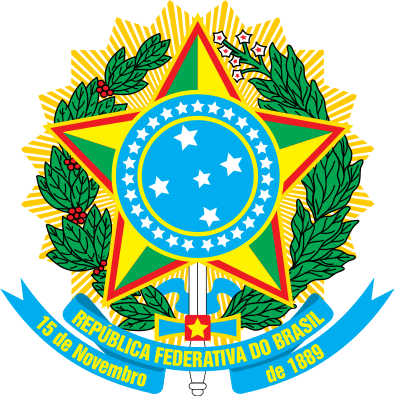Location
Following more than three centuries under Portuguese rule, Brazil gained its independence in 1822, maintaining a monarchical system of government until the abolition of slavery in 1888 and the subsequent proclamation of a republic by the military in 1889. Brazilian coffee exporters politically dominated the country until populist leader Getulio VARGAS rose to power in 1930. By far the largest and most populous country in South America, Brazil underwent more than a half century of populist and military government until 1985, when the military regime peacefully ceded power to civilian rulers. Brazil continues to pursue industrial and agricultural growth and development of its interior. Having successfully weathered a period of global financial difficulty in the late 20th century, Brazil was seen as one of the world’s strongest emerging markets and a contributor to global growth. The awarding of the 2014 FIFA World Cup and 2016 Summer Olympic Games, the first ever to be held in South America, was seen as symbolic of the country’s rise. However, since about 2013, Brazil has been plagued by a shrinking economy, growing unemployment, and rising inflation. Political scandal resulted in the impeachment of President Dilma ROUSSEFF in May 2016, a conviction that was upheld by the Senate in August 2016; her vice president, Michel TEMER, will serve as president until 2018, completing her second term.
Brazil is a federal presidential republic.
Source: CIA World Factbook
Members:
Resources
Displaying 16 - 20 of 180Decree 008 of 21 of December 2009, fixing Trombeta Mapuera Indigenous Land.
This Decree is composed by three articles and it fixes the limits of Trombeta Mapuera Indigenous Land, between Roraima, Amazonas and Parà States.
Decree 004 of 21of December 2009, fixing Arroio-Korá Indigenous Land.
This Decree is composed by three articles and it fixes the limits of Arrooi-Korà Indigenous Land, inside of Mato Grosso do Sul State.
Decree of 21 of December 2009, fixing Anaro Indigenous Land.
This Decree is composed by three articles and it fixes the limits of Anaro Indigenous Land, inside of Roraima State.
Decree 005 of 21 of December 2009, fixing Las Casas Indigenous Land.
This Decree is composed by three articles and it fixes the limits of Trombeta Mapuera Indigenous Land, between Roraima, Amazonas and Parà States.
Decree 009 of 21 of December 2009, fixing Zo’è Indigenous Land.
This Decree is composed by two articles and it fixes the limits of Zo’è Indigenous Land, inside of Parà State.


